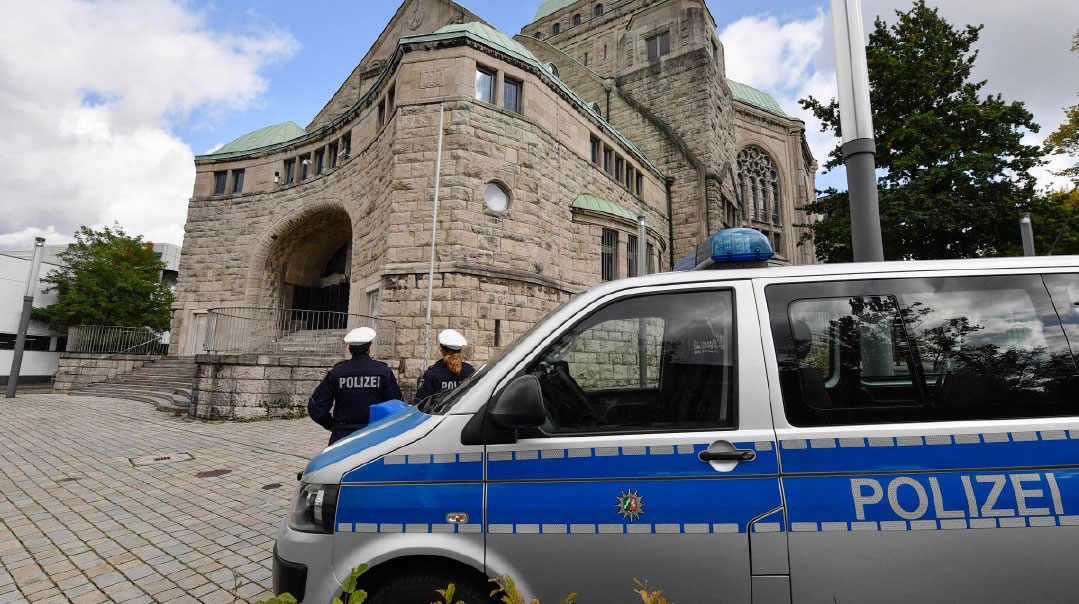Not Left, Not Right

Across the West, Islamic and far-right anti-Semitism are both major threats. For Jews, this shouldn’t be about right and left — just about being caught in the middle

(Photo: Flash90)
Between far-right and far-left, neo-Nazis and Islamists — which is Germany’s greater threat? As across much of the West, the question descends into what-about-ery. The left points to the far-right, and the right responds by highlighting Islamists.
At this year’s Herzliya Conference, Israel’s leading national security and policy gathering, I discussed the topic with Dr. Constanze Stelzenmuller, a German-born fellow at Washington’s Brookings Institution. Aware that German authorities have been accused of downplaying the threat from militant Islam, she still insisted that the far right were an under-acknowledged problem.
Yom Kippur’s attack, together with the far-right assassination of Walter Lubcke, a pro-refugee local politician in June, proves her right. But that’s only half of the story: Given Germany’s past, the shaven-headed, swastika-toting neo-Nazis are a familiar threat — and there is a political consensus that people like them must be stopped.
Germany’s position toward Islamic anti-Semitism is less clear. The Merkel government’s liberal policy on refugees — allowing in almost one million in 2015 alone, many of them Syrian Muslims — has led Jewish community leaders to point out that many of the new residents carry ingrained anti-Semitic views. Seeing that stance as a de facto attack on the liberal political consensus, the German government has been slow to respond.
The unfortunate truth is that, across the West, Islamic and far-right anti-Semitism are both major threats. For Jews, this shouldn’t be about right and left — just about being caught in the middle.
(Originally featured in Mishpacha, Issue 782)
Oops! We could not locate your form.













